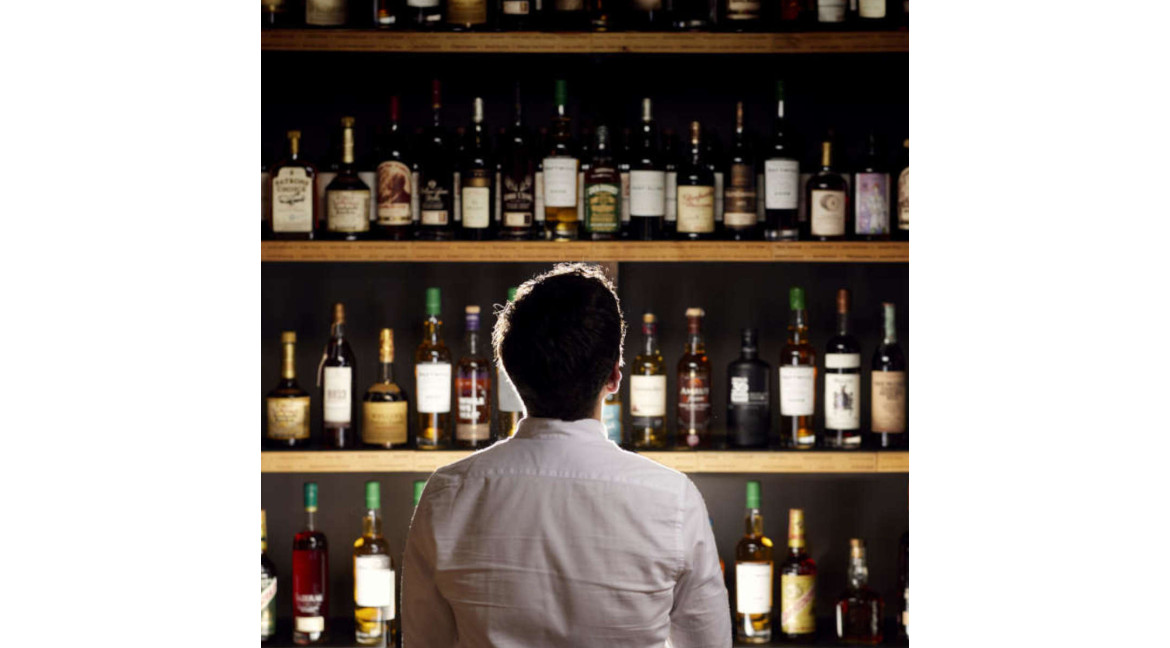
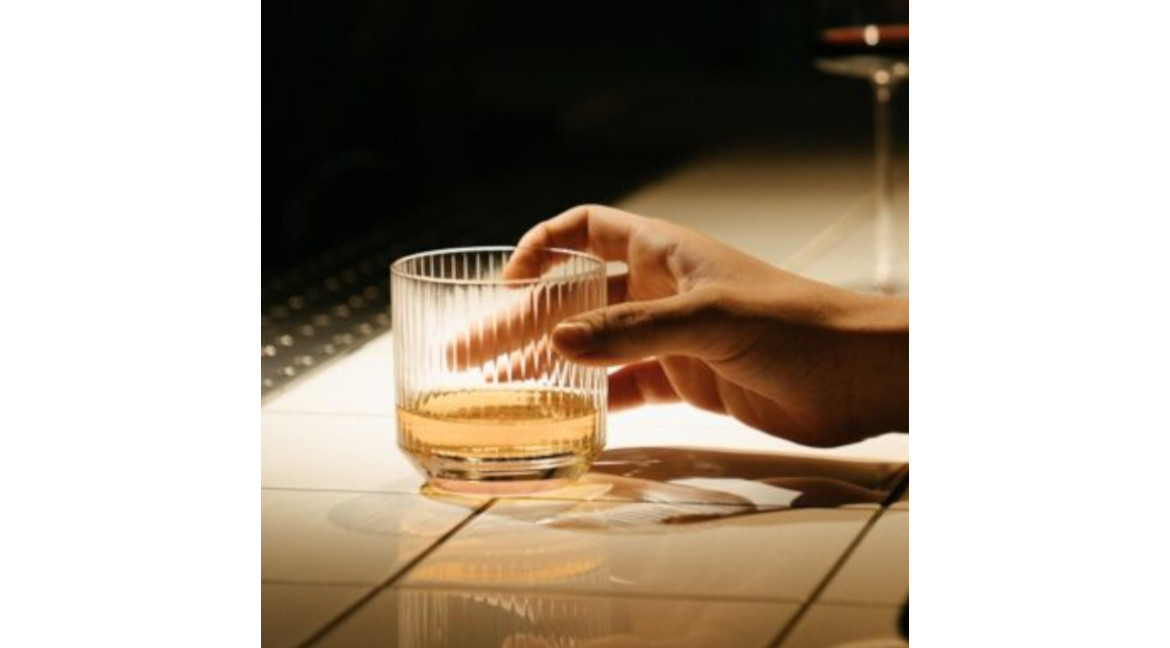
SINGLE MALT VS BLENDED WHISKY
Single Malt vs Blended Whisky: What’s Your Choice?
Hey there whisky lovers! If you’re reading this, you’re probably like me – someone who enjoys a good dram of whisky every now and then. But when it comes to choosing between single malt and blended whisky, it can be a bit of a dilemma. Do you go for the complex and robust flavor of a single malt or the smooth and consistent flavor of a blended whisky? It’s a tough decision, but fear not my friends, because in this blog post, we’re going to break down the differences between single malt and blended whisky to help you make an educated choice. So, grab a glass and let’s dive in!
What is Single Malt Whisky?
Single malt whisky is made entirely from malted barley, water and yeast. It is produced in a single distillery using a pot still. It is aged in oak casks for at least three years. It is known for its complex and nuanced flavors, which are influenced by factors such as the type of cask used to age the whisky, the length of the maturation period, and the location of the distillery.
Popular brands include Glenfiddich, Lagavulin, and Macallan. Each brand has its unique flavor profile, such as smoky, peaty, fruity, or spicy. You can enjoy it neat or on the rocks, it is a popular choice for those who appreciate the complexity and depth of flavor that it offers. Did you know that Single Malt Whisky is perfect for cocktails? Read more about five cocktail recipes that suit every palate!
What is Blended Whisky?
Blended whisky is made by blending several different whiskies from different distilleries. This type of whisky can be made from a combination of single malt and grain whiskies. It is often aged in oak casks for at least three years. The blending process is used to create a consistent flavor profile in each batch of whisky produced. Blended whisky is known for its smoothness and consistency. This makes it a popular choice for mixing in cocktails or for those who prefer a milder taste.
Popular blended whiskey brands include Johnnie Walker, Chivas Regal, and Dewar’s. Each brand will have their own taste profile, commonly referred to as smooth, sweet or mild. You can enjoy blended whisky in cocktails or mixed drinks and is a popular choice for those who prefer a milder taste. Do you prefer whisky with a more distinctive taste? Bourbon could be a good match! Read all about Bourbon: what’s it all about?
Differences between Single Malt and Blended Whisky
The main difference between single malt and blended whisky is their flavor profile. Single malt whisky is known for its complex and nuanced flavors, while blended whisky is known for its smoothness and consistency. Single malt whisky is often described as having a smoky, peaty, fruity, or spicy flavor, while blended whisky is often described as being smooth, sweet, or light. Did you know that Peated Whisky has the most smoky flavour?
Another significant difference between the two types of whisky is their price. Single malt whisky is often more expensive than blended whisky, due to its more complex production process and longer aging time. However, there are also many affordable options available for both types of whisky.
The age of the whisky is also a factor to consider when choosing between single malt and blended whisky. Single malt whisky is required to be aged for at least three years, while blended whisky may contain whiskies that are younger than that. However, there are also blended whiskies that are aged for longer periods, which adds to their complexity and depth of flavor. Read more about the art of barrel aging.
Which One is Better?
When it comes to choosing between single malt and blended whisky, personal preference plays a big role. If you enjoy a complex and robust flavor, then single malt whisky may be the best choice for you. However, if you prefer a smoother and more consistent flavor, then blended whisky may be a better option. It is important to consider your own taste preferences when making your decision.
The occasion can also play a role in determining which type of whisky to choose. Single malt whisky is often considered a more premium drink and is typically reserved for special occasions or celebrations. Blended whisky, on the other hand, is often enjoyed in more casual settings or as a mixer in cocktails.
Budget is also a consideration when choosing between single malt and blended whisky. Single malt whisky is generally more expensive due to the limited production process and the higher quality of ingredients used. Blended whisky, on the other hand, is often less expensive due to the use of multiple whiskies from different distilleries. It is important to consider your budget when making your decision.
Conclusion
In summary, single malt and blended whisky are both popular types of whisky with their own unique characteristics and flavors. It is known for its complex and robust flavor, while blended whisky is often lighter and less complex with a smoother flavor profile. Personal preference, occasion, and budget are important factors to consider when choosing between the two.
Ultimately, the choice comes down to personal taste and preferences, and there is no right or wrong answer. Whether you prefer the complexity and depth of flavor in a single malt or the smoothness and consistency of a blended whisky, both types of whisky have their merits and you can enjoy them in their own right.
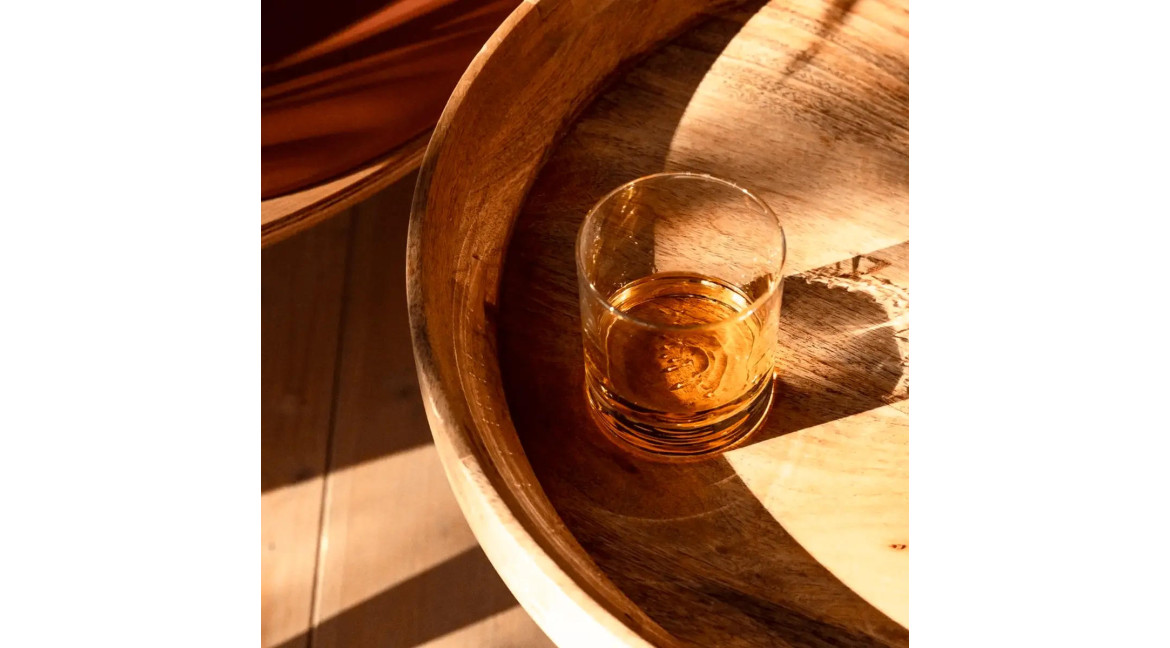
NEAT, ON THE ROCKS, WATERED OR MIXED?
There are a lot of opinions on how to drink whisky. Some of these opinions are traditionalist; others based upon regional habits and customs, others on fashion and trends. But is there one true and proper way?
HOW SHOULD YOU DRINK YOUR WHISKY? THERE ARE A LOT OF OPINIONS ON HOW TO DRINK WHISKY.
Some of these opinions are traditionalist; others based upon regional habits and customs, others on fashion and trends. But is there one true and proper way? Well, let’s start by saying that there is no one right way to drink whisky…except the way that you enjoy the most. Like most choices in life, personal taste is usually the most influential factor. However, the way you prefer the taste of your whisky can significantly influence the type and brand of whisky you buy.
Well, let’s start by saying that there is no one right way to drink whisky…except the way that you enjoy the most. Like most choices in life, personal taste is usually the most influential factor.
However, the way you prefer the taste of your whisky can significantly influence the type and brand of whisky you buy.
To help you better appreciate the four ways to drink whisky, we want to provide you with some insights into what happens to a whisky when it is introduced to other liquids.
Just one other thing before we start, our whiskies are exactingly made by hand to ensure a very specific taste and performance parameters for each of our products. We design them to be enjoyed pure and at room temperature. Therefore, while we all enjoy whisky cocktails and experimenting with adding water to some cask strength whiskies, we do not and would not recommend doing so with our whiskies.
NEAT
Whisky neat is just room temperature whisky in a glass, nothing else. To drink whisky neat, pour two fingers of whisky into a tulip glass. The whisky is served at room temperature. This allows the full range of aromas to be released into the glass and the array of flavours to be deployed in your mouth and nose while drinking and after swallowing.
ON THE ROCKS
“On the rocks” means you add ice to your whisky. If you prefer your whisky chilled slightly, we recommend that you make your own ice cubes from distilled or spring water to avoid the chlorine found in tap water. When drinking your whisky on the rocks, keep a dish and spoon next to your glass so you can remove the ice once the whisky is cold and watered to your liking. Remember that the ice will dilute your whisky as it melts so only add one cube.
WHISKY AND WATER
Adding a small amount of spring or distilled water to whisky essentially lowers the alcohol by volume (ABV). The water dilutes the whisky slightly so that you can enjoy the flavours without feeling like the alcohol is burning your tongue. However, it also affects the flavours and characteristics of the whisky. Generally, water tends to suppress a whisky’s spicy notes and exaggerate the fruity flavours.
Remember that drinking whisky on the rocks or with water will change the equilibrium of compounds in the whisky changing its flavour, and once the equilibrium has changed, you cannot go back to the original taste.
WHISKY COCKTAILS
Finally, the cocktails. This is a great way to enjoy low to mid-range whiskies, both blended and malts that aren’t to your preferred taste.
There are more types of whisky cocktails than we care to think about, and you can be sure that there are more than a few that you will find absolutely wonderful. Experimentation, exchanging experiences, and an adventurous spirit will take you along and pleasurable journey down the cocktail path. Cocktails are a great way of extending your enjoyment of whisky but remember not to lose touch with the real thing, as in the end, pure whisky offers an even more complex, fascinating and pleasurable path to explore.
As mentioned, our whisky isn’t intended for use in cocktails. However for those Old Fashioned lovers out there, you can, of course, use our whisky, or if you are looking for something a bit different, we recommend trying one of our recipes using one of our other barrel-aged fine spirits.
THE TAKE-AWAY
Enjoying whisky is wholly subjective, and the best way to drink whisky is the one that you prefer. Some whiskies are designed to be enjoyed neat and at room temperature, others to be activated with water, while cheaper whiskies are ideal as a cocktail base. Each whisky has a story and a unique characteristic. We recommend that you start by doing some research into the bottle you have in front of you or the one you intend to buy. Get to know what it is all about, why it was made the way it was and how to get the most out of it. In this way, you will get the full potential, performance and pleasure out of every bottle you buy.
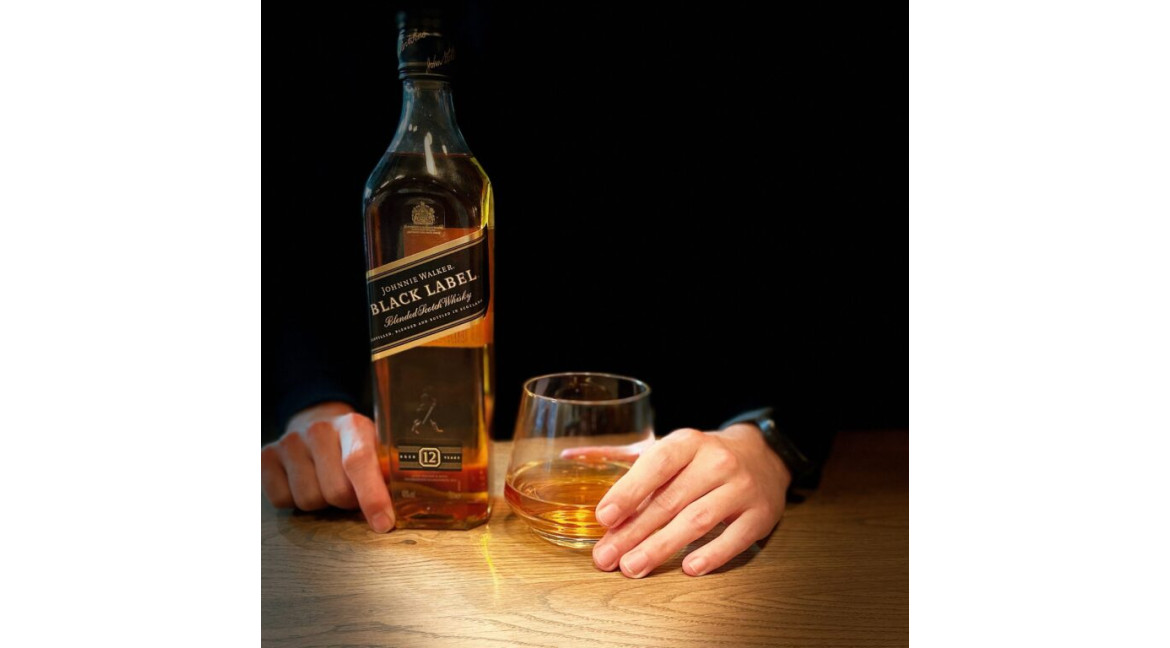
EVERYTHING YOU DIDN’T KNOW ABOUT WHISKY
It happens to all of us sometimes (or more often). It’s the weekend and you’re sitting on the couch and suddenly you feel like having a drink. There are so many different choices, but your choice quickly goes out to whisky. Is that surprising? No! Whisky is currently the most consumed spirit in the world. Nowadays, whisky is produced all over the world, with Scotland and Ireland in the lead. But who invented whisky and do you know how whisky is actually made?
When and where was whisky invented?
Before we can talk about the invention and history of whisky, there is a whole history of distillation processes that preceded this. The art of distillation originated in 2000 BC in an area that is now known as Iraq and Syria, at the time it was called Mesopotamia. Distillation wasn’t used to produce spirits at the time. Instead, perfume was made.
The first written mention of distillation was made by the ancient Greek philosopher Alexander of Aphrodisiac in 100 AD. He describes the process of taking sea water and distilling it into pure drinking water. The knowledge of distillation spread to Europe in 500 – 1000 AD, along with the traveling Moors.
Whisky originated over 1000 years ago, around 1000 – 1200 AD, when distillation made the migration from mainland Europe to Scotland and Ireland. Lacking the vineyards and grapes of the continent, the Scottish and Irish monasteries turned to fermenting grain mash, resulting in the first distillations of modern whisky. Impressed by the distillation technique, they brought it to Ireland where they explored the possibilities with this technique. The first drink that came close to whisky was made of barley and water. However, the drink was still too strong and wasn’t matured in barrels long enough. It was called aqua vitae.
Looking at the history of Scotch whisky, we can say that by 1494, distilling whiskey was in full swing in Scotland, as evidenced by an entry in the Exchequer Rolls. The oldest whiskey distiller worldwide is the Old Bushmills Distillery in Northern Ireland (1608).
How whisky is made
There are several preceding steps before whisky ends up at a whisky wholesaler. First, we’ll explain how whisky is made. The only ingredients that are used in the production process of whisky are grain, water and yeast. But how is whisky exactly made and is it an easy spirit to make? Surprisingly, it takes more time and effort than you think. We’ll walk you through the process step by step.
- Malting
The production process of whisky begins with the malting of barley. Barley contains starch, which must be converted into sugar. Two crucial things happen here: after having soaked in warm water for 2 to 3 days, the barley germinates. It is then dried on the malt floor where the starch is converted into sugar. Germination stops when the barley is placed in a drying oven (klin) before it is milled.
- Mashing the whiskey
The milled barley is mixed with hot water in a mixing vessel, also called a ‘mash tun’. The quality of the water used also influences the final product as the water sometimes contains minerals or has been influenced by the soil type. Being the basis for alcohol, the substance called ‘wort’ is created during this process. The process is usually repeated three times with increasing temperatures.
- Fermentation
The wort that is created gets cooled and collected in large vessels, also known as ‘washbacks’. This is where the fermentation process of the whisky takes place. The yeast causes the present sugar to turn into alcohol.
The resulting liquid, which still has a very low alcohol content (around 6%), is called the ‘wash’.
- Distilling
The liquid wash is heated in two copper stills, the pot still and the spirit still. In brief, distillation is the process of separating the water and alcohol. Scotch is made by distilling twice, while in Ireland it is preferred to distill three times. The process in the stills:
The wash is heated in the pot still. The liquid evaporates and rises until it reaches the neck of the pot still where it condenses. This first substance contains just over 20% alcohol and is called ‘low wine’.
The low wine is moved to the spirit still. The produced alcohol will be divided into three parts. Only alcohol from the middle of the still is used to make whiskey. This has an alcohol content of 65-70%.
The final flavor and character of the whiskey depends on the shape of the pot still. Stills with long “necks” produce finer and smoother flavors. Short and wider stills give fuller and richer flavors.
- Maturation
During the years that the whisky matures in barrels, it develops its color, aromas, and complexity. The distillery determines the final duration of the maturation process of the whisky and chooses what kind of barrels to use.
Although the barrels are tightly sealed, 2% of the alcohol still evaporates every year because they are not completely airtight. The taste of the whisky is also influenced by the conditions outside the barrels. Athrú‘s whiskies, for example, taste like the fresh Atlantic air because of the place where it’s made. Many distilleries are located by the sea, so the sea air and its accompanying temperatures influence the character of the final whisky.
- Bottling
By now we have arrived at the final step in the production of whisky. After years of maturation, the whisky is finally ready to be drunk! Before it reaches the end consumer, of course, the drink has to be bottled first.
Whisky or whiskey, Scotch whisky vs Irish whiskey
Is it whisky or whiskey? It’s often used interchangeably. The earliest direct record of whisky production can be found in Scotland in 1494. In Scotch Gaelic the drink used to be called ‘uisce beatha’, while in Irish Gaelic it was called ‘Uisge Beatha’, both meaning ‘water of life’. Its pronunciation, ‘oesjkibah’, was found very difficult by the English. Therefore, it was shortened to ‘uisgy’ and subsequently further corrupted to whisky/ whiskey.
In Ireland and the United States, the drink is written as ‘whiskey’. As whiskey was primarily introduced to the United Stated by Irish immigrants in the 18th century, the American ‘whiskey’ kept the Irish ‘e.’ The Scots and Canadians spell it like ‘whisky’ without an ‘e’.
Scotch Whisky vs Irish Whiskey, these are one of the most well-known classifications in whisky. But are there any other major differences besides the spelling? The differences between Scotch whisky and Irish whiskey are that the Scots use malted barley in the production when making whiskey (full and heavy flavor), while Irish whiskey is made of a combination of malted and unmalted barley and is known for its smooth taste. The number of times distilled also influences the flavor, where the Scots distill twice the Irish choose to distill three times.
Types of whisky
There are many different types of whiskey produced worldwide. A commonality of all whiskey types is that they all contain at least 40% of alcohol. Yet, there are also many differences. The different types and their differences are the following:
Single Malt Whisky
Single malt whisky is known as the most prestigious whisky type of all. The requirements are that the whiskey must be made from malted barley and comes from one distillery, hence the word ‘single’ in the name.
Blended Whisky
Most whiskies produced worldwide are blended whiskies. Characteristically, the whisky is composed of a blend of whiskies from two or more distilleries. Good to know is that blended whisky is a mix of approximately 40% single malt whiskies and 60% grain whiskies.
Blended Malt Whisky
A blended malt whisky is a blend of two or more single malt whiskies from two or more distilleries. So, the difference with a regular blended whisky is that only different single malt whiskies are mixed.
Single Grain Whisky
A single grain whisky is a grain whisky that comes from one distillery. There is more freedom in the production because different grains can be used rather than only malted barley.
Single Cask Whisky
Single cask whisky is made and bottled from one cask. It’s listed on the bottle as ‘single barrel’ or ‘single cask’.
Bourbon Whiskey
Bourbon whiskey is the pride of America and is therefore only produced in America. The latter is one of the requirements, only then the whiskey may be called ‘bourbon’. Bourbon often consists of a mix of grains, but a requirement is that at least 51% of the grain used is corn. In addition, bourbon only has a minimum maturation period of 1 day, while many other types of whiskey mature for at least three years.
Tennessee Whiskey
Tennessee whiskey is a special kind of whiskey that is very similar to bourbon in its production process but with a slightly different taste. The difference with Bourbon is that Tennessee whiskey is filtered through maple charcoal to mellow the flavors, something that is not allowed in the production of bourbon. It comes, as the name suggests, from the state of Tennessee.
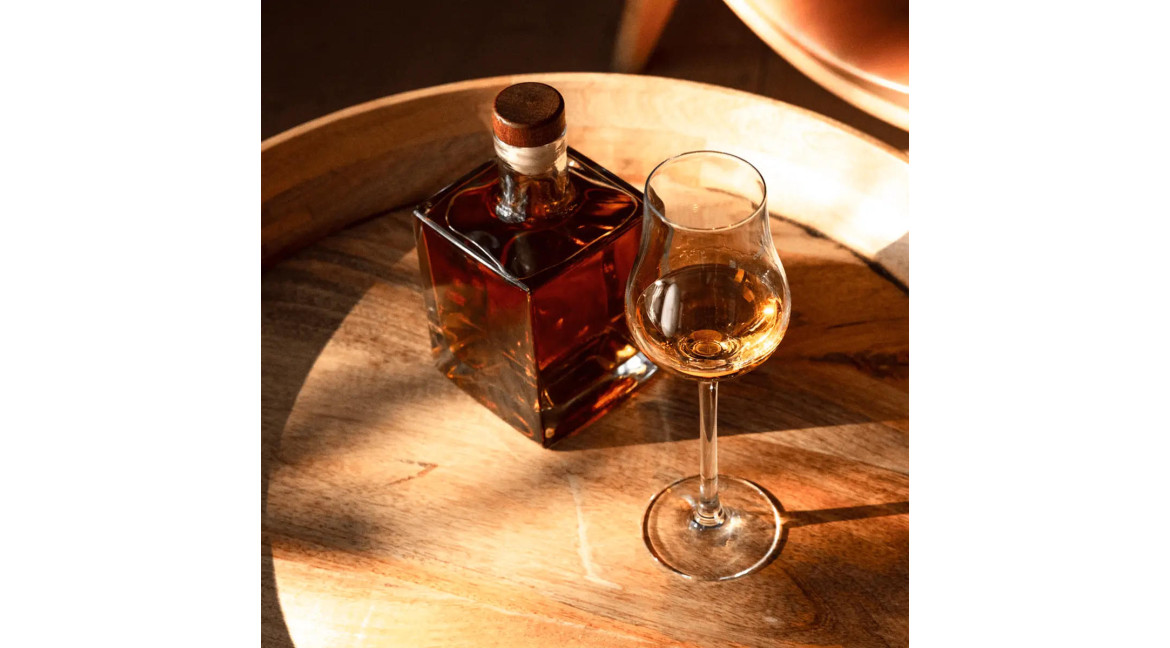
BOURBON, SCOTCH, AND WHISKY: WHAT'S THE DIFFERENCE?
It's no surprise if you find yourself perplexed by the nuances that set these three prominent grain-based spirits apart. Although they share a common foundation, their unique historical backgrounds, geographical origins, and production methods create a fascinating tapestry of differences.
THERE ARE A LOT OF TRADITIONS, TECHNIQUES, AND CULTURE SHARED BETWEEN BOURBON, SCOTCH AND WHISKY, BUT WHAT ARE THEIR CHARACTERISTIC DIFFERENCES?
You may have heard the phrase, “All bourbon and Scotch are whiskies but not all whiskies are bourbon or Scotch.” But what does that mean? And is it “Whiskey” or “Whisky”?
If you don’t know the answers to these questions, you’re not alone. Many people struggle to understand the difference between these three distinct distilled grain spirits. And while they are related, there is a wealth of history, geography and processes that make them quite different.
EVERYTHING IS WHISKY
Put at its most simple Whisky is the overall category and both bourbon and Scotch are distinct types of whisky.
All whiskies are a distilled and barrel-aged spirit made from fermented grain. The most commonly used grains are corn, barley, rye, and wheat, which each have their own unique flavour profiles. Bourbon and Scotch have specific requirements as to which type of grain is used. Scotch is made from a single type of grain, usually barley, while bourbon is made with a minimum 51% corn and them other grains are added to make the whiskey sweeter or spicy.
IS IT WHISKEY OR WHISKY?
The answer to this question is purely a matter of preference. Both are technically correct. American and Irish brands will most often use the “Whiskey” spelling, while Scotland, Canada, and a large portion of the EU tend to use the “Whisky” spelling. We prefer to use the Whisky spelling to refer to both our own and the entire spirit category unless we are speaking about specific brands that call themselves whiskey.
BOURBON
Bourbon is a type of whisky that is made exclusively in the United States. Like Scotch, which can only be made in Scotland, bourbon can only be made in the United States and there are laws that stipulate, “No whiskey made outside the United States may be labelled bourbon”.
While bourbon can be made from anywhere within the United States, the alcohol is mostly associated state of Kentucky. According to reports, approximately 95% of all bourbon is produced in Kentucky.
Bourbon must be made from 51% or more corn grain and aged in new, charred American white oak barrels. There is no specified minimum period for its ageing. Due to its corn base, bourbon tends to be sweeter on the tongue. List of requirements for bourbon production.
SCOTCH
It doesn’t take a huge leap of intuition to make the connection between Scotch and Scotland, and like bourbon can only originate in the United States, Scotch can only be made in Scotland. Scotch is usually produced by malting a single grain type like barley although there are a few exceptions. The legacy of Scotch can be dated all the way back to the 15th century, but it wasn’t until 2009 that the Scotch Whisky Regulations were established to define the rules and regulation around what can, and cannot, be labelled a Scotch.
SINGLE MALT SCOTCH
Single Malt Scotch is a type of whisky made in Scotland and refers to a process where the grain type, barley, undergoes a malting process, fermentation process, distillation and cask maturation at a single distillery. The individual casks can be mixed and blended. This process must be followed precisely in order for alcohol to be labelled a Single Malt Scotch or a Single Malt Whisky.

WHISKY OR WHISKEY? 2 FAMOUS NAMES. BUT IS THERE A DIFFERENCE?
Is it whisky or whiskey? Well, although they sound the same, there’s a difference. The spelling may seem insignificant, but it actually indicates the origin of the spirit.
When is whisky used?
Whisky, without the ‘e’, is the spelling used for spirits produced in Scotland, Canada and Japan. These whiskies are typically made from malted barley and matured in oak casks for at least three years. The Scottish whisky industry is the best known, with famous brands such as Glenfiddich and Macallan. Canadian whisky is also popular, often made from a blend of grains such as corn, rye and barley. Japanese brands are less well known, but have become increasingly popular in recent years due to their high quality and unique production methods.
When is whiskey used?
Whiskey, with an “e”, is the spelling used for spirits made in Ireland and the United States. Irish whiskey is typically made from a blend of malted and unmalted barley and aged in oak barrels for a minimum of three years. Popular Irish whiskey brands are Jameson, Teeling and Bushmills. American whiskey, on the other hand, are made from a variety of grains such as corn, rye, wheat, and barley. It also has a wider range of aging requirements with the most popular types being bourbon, which is made from at least 51% corn and aged in new charred oak barrels, and Rye whiskey, made from a mash bill of at least 51% rye.
The aging process of whisky and whiskey
An important aspect is the aging process. Whisky and whiskey are aged in oak barrels, which imparts different flavors and characteristics to the spirit. The type of oak used, the char level of the barrel, and the length of the aging process can all affect the final product. For example, Scotch whisky is often aged in barrels that previously held sherry or bourbon, which can add notes of fruit or vanilla to the final product. Want to know more about Bourbon? Read our blog about Bourbon: what’s it all about? American whiskey, especially bourbon, must be aged in new charred oak barrels, which gives it a distinct smoky and woody flavor.
What does the distillation process of whisk(e)y look like?
Another aspect to consider is the distillation process. Whisky and whiskey are both distilled to a high proof, but the specifics can vary. For example, Scotch whisky is typically distilled twice in copper pot stills, while Irish whiskey is distilled three times in copper pot stills. American whiskey can be distilled in a variety of stills, including pot stills and column stills.
Grains
In addition, the type of grain used in the mash bill can also affect the final product. As mentioned above, Scotch whisky is typically made from malted barley. Canadian whisky is often made from a mixture of grains. American whiskey can be made from a variety of grains such as corn, rye, wheat, and barley. The final product can have a unique flavor profile depending on the type of grain and the ratio used in the mash bill.
Categories of whisky and whiskey
Finally, it’s worth mentioning that there are different categories and subcategories. For example, Scotch whisky can be divided into single malt, single grain and blended. Single malt whisky is made from 100% malted barley and is produced by a single distillery. Single grain whisky is made from a single grain, usually wheat or corn. It is also produced in a single distillery. Blended whisky, on the other hand, is made by blending several single malt and single grain whiskies from different distilleries. Similarly, American whiskey can be divided into bourbon, rye, wheat, and corn whiskey, each with its own specific production requirements.
Another whisky that is worth mentioning? Peated whisky, with it’s magical smoke trail. A smoky Scottish whisky that you should try as an whisky lover.
In conclusion, the spelling of whisky or whiskey tells you a lot about where the spirit comes from and how it is made. Each type and brand has its own unique characteristics. The best way to understand and appreciate them is to try them for yourself. Whether you prefer a smooth, peaty Scotch or a bold, spicy Bourbon, there’s a whisky or whiskey for everyone..